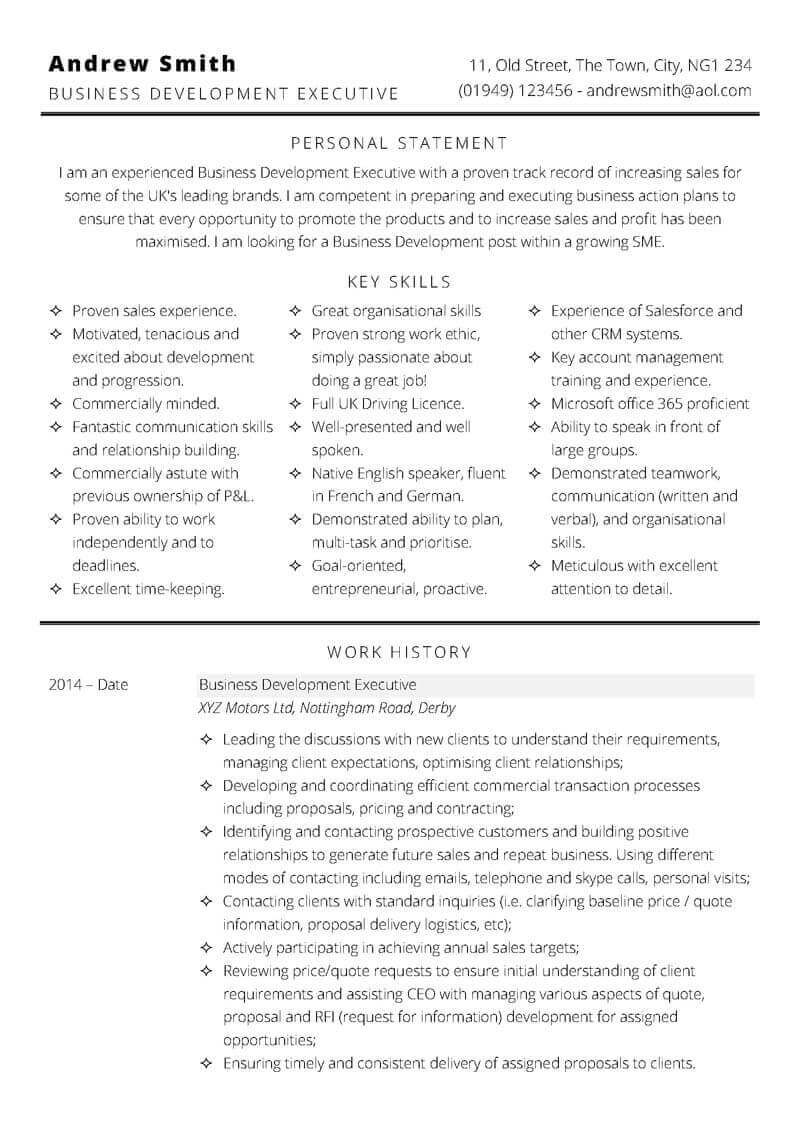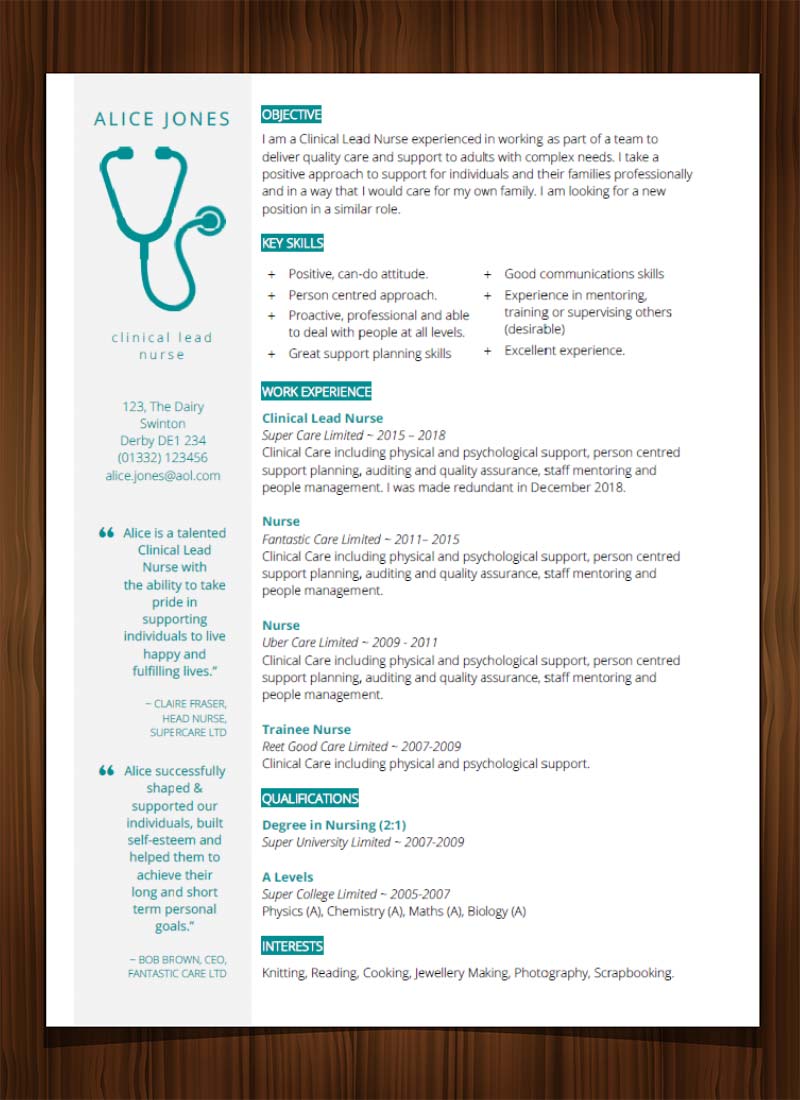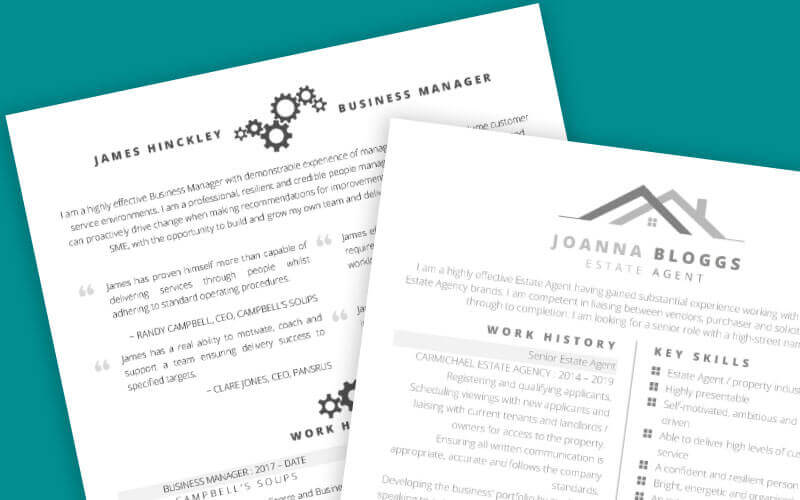Having all the right skills and qualifications won’t be enough to land you an interview if you don’t format your CV properly. A well written and perfectly formatted CV will have a far greater chance of ending up on the manager’s ‘yes’ pile, and in today’s competitive job market everything has to be just perfect.
The sheer number of applications will most likely mean that there are plenty of other candidates just as qualified as you are, so the decision of who makes it to the interview stage could simply come down to which CV is presented the best and is formatted correctly.
Here are the top ten formatting secrets to help you create the perfect CV:
1. Leave the right amount of space
The spacing you apply within your CV will make a huge difference to the overall look of your information. Too much spacing will not only look odd but will also take up too much valuable room that could have otherwise contained more content. Cluttered information with very little spacing would also have a detrimental effect to your CV.
Creating the right spacing between your paragraphs and each section will make it much easier for the manager to navigate your CV and hopefully find what they are looking for much quicker.
2. Use bullet points

Above: Our business development CV template makes excellent use of bullet points.
A good example of when you should use bullet points is when you are listing the tasks for your previous job descriptions. If you were to jumble this information together into a sentence, it could be difficult to read and the hiring manager might lose their patience.
You always want to make it as easy as possible for whoever reads your CV to be able to navigate and search very quickly for whatever they are looking for. By using bullet points you are allowing the eye to see a clear mark against the information you deem important, and it can make it easier for you to highlight anything important.
3. Use a professional font and size
Whilst people once would stick with the standard ‘Times New Roman’ or ‘Arial’ font, which is usually a fairly safe bet for a CV or any official document. There are however also some other acceptable fonts if you want to be a little different, like Tahoma, Lucida Sans, Garamond or Open Sans.
Be careful not to get too creative though and use a overly fancy font throughout, as this does not look professional and will leave the employer scratching their head. It looks quite childish and immature, and certainly not something to consider as a font for a very important document like your CV.
When it comes to size the standard is between 10 and 12, with 11 or 12 being more common. This does of course depend on your type face as some fonts (such as Garamond) need to be larger to make them easier to read, whilst others (such as Open Sans) are very clear even at 10pt.
Try not to alter the size of your font just to make more room on the page, as this could make it hard for the manager to read. Instead, consider what you don’t need and what isn’t relevant to the role. The employer doesn’t need your life story and it would be much better to adjust either the margins or consider removing something than making the font size too small.
This brings us on to…
4. Only include what’s relevant
It can be quite difficult to completely remove everything from your CV that’s deemed irrelevant to the employer, but in most cases you can clearly define what your CV is trying to achieve by providing the most recent and relevant information possible.
For example, a huge long list of previous job titles spanning decades will most likely take up a lot of room, so you could consider removing your first few roles if they aren’t particularly relevant and only keep the most recent positions. With such an extensive amount of work experience you shouldn’t worry about what’s not there and focus upon what is.
Your list of skills and qualifications should also be relevant and aligned with what the job advert has specified. This is very important as you shouldn’t leave the reader with the task of having to dig deep just to see that you’re the right person for the job.
5. Tailor your CV
Every single job you ever apply for should be with a different CV. This might sound like a lot of hard work, but trust us when we emphasise how important this is to the employer. They want to feel special and important, and a generic CV is not going to come across that you care a great deal.
After studying the company’s website, social media and the job advert itself, you will always be in a great position to fully understand how the company ticks and what they are looking for. A well tailored CV will provide exactly what the company is looking for, be relevant, and highlight all the important aspects.
6. Use some colour

A little colour, like on this Medical-themed CV template, can help enhance your presentation.
There isn’t anything wrong with simply using black and white for your CV, but if you want to really stand out then you could get a little more creative and splash a bit of colour here and there.
However, you have to be very careful not to overdo it and go too crazy. Remember, this is your CV and it has to remain professional and respectful of the company and the hiring process. You don’t want the hiring manager throwing it in the bin before they’ve even read it!
The safest way to go is to use lighter colours, like blue and green. Harsher and more aggressive colours like red are very hard to get right, and the same could be said for dark purples and browns. If you are determined to get colour onto your CV then take it one step at a time. Add a little here and there and take a step back to see how it looks.
7. Don’t be a technophobe
For most jobs you should be able to take advantage of certain sites like LinkedIn to further showcase your skills and experience. If you don’t have one already, then set one up today and start to build up an online portfolio that you can provide on your CV. LinkedIn allows you to grow your professional network, follow companies and influencers, and search for jobs – all vital job-seeking tools. Click here to watch a helpful tutorial on getting started or check out our guide to building a killer LinkedIn profile.
Including links on your CV of any online work or achievements is another great way to not only demonstrate your abilities, but to also become a memorable candidate for the role. You are more likely to be remembered and moved to the top of the pile if you have a great online profile and portfolio.
8. Cut out the waffle
When an employer has to read through over fifty applications, you can understand why they might only spend about 8 or 9 seconds on average skimming through each one. They want to be able to quickly pick out all the relevant information so they can decide whether or not you are a worthy candidate.
Most employers will skim through all the CVs and put them on another pile to read in more depth later, so although you shouldn’t write a CV that’s very bare of content, you should also refrain from providing too much information that it becomes sentence after sentence of waffle and never ends, continuing to annoy the reader and make them become more and more frustrated with what they are seeing, and getting bored to the point that they just want to go to sleep…. you see what we mean!
If you managed to make it through the above without getting bored, then well done! You are not likely to get the same outcome from a manager that’s extremely busy and is keen to get to the interview stage.
9. Check, double check, and triple check
It may only take the smallest of errors to ruin your chances of an interview, so we can’t stress how important it is to read through your CV as many times as you can. However, one of the best ways to ensure your CV is completely free of errors is to have it proofread by someone else.
Don’t just rely on your own eyes and judgement when another pair of eyes is always better. Not only can someone else check for spelling or grammatical errors, they can also proofread the quality of your entire CV. Try to find someone who has extensive experience in a managerial position who is qualified to give you advice.
10. Use a CV template

Above left: Business Manager CV template; Above right: Estate Agent CV template.
Rather than spend ages trying to format your CV, why not instead consider picking a ready made CV template? Gone are the days when you’d have to spend hours and hours trying to line the edges of your CV up and deciding which font would be the best, and instead all you have to do is pick the one you like the best and enter your details.
Lots of CV templates have also been created with a specific job or industry in mind, so look for any of those in case they suit you better. Remember, most of the other candidates you’ll be up against will have used a CV template to make their details look amazing, so deciding to create your own could be taking a big risk.
You can also edit and change the CV templates we have on offer in case it isn’t quite to your liking, or you just want to make a few small tweaks to fit your information on the page.
